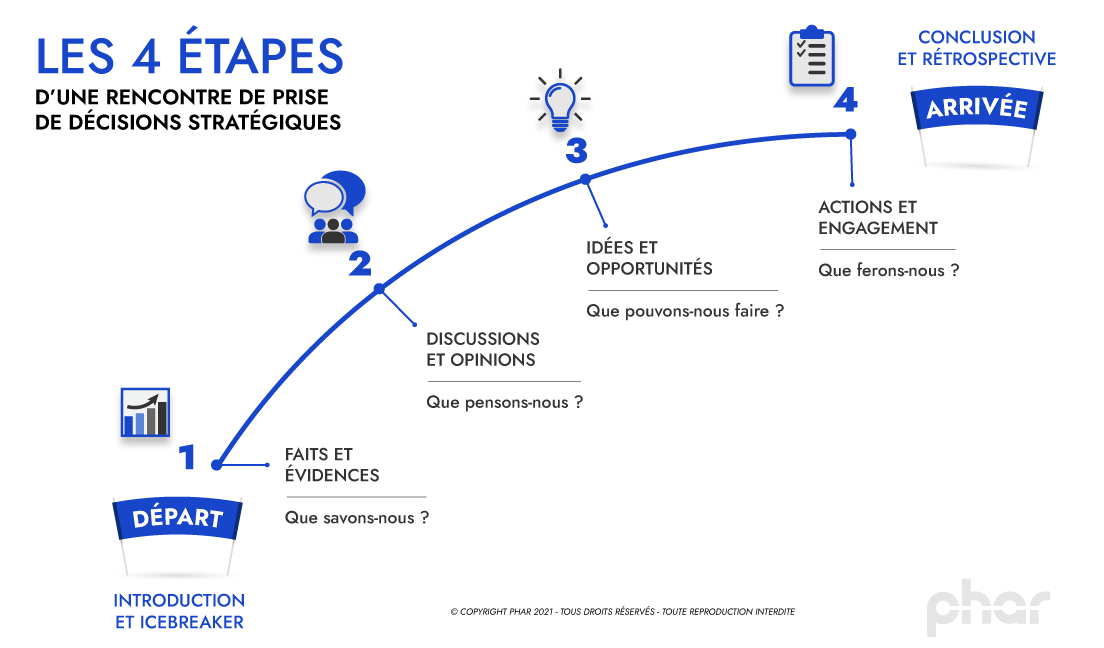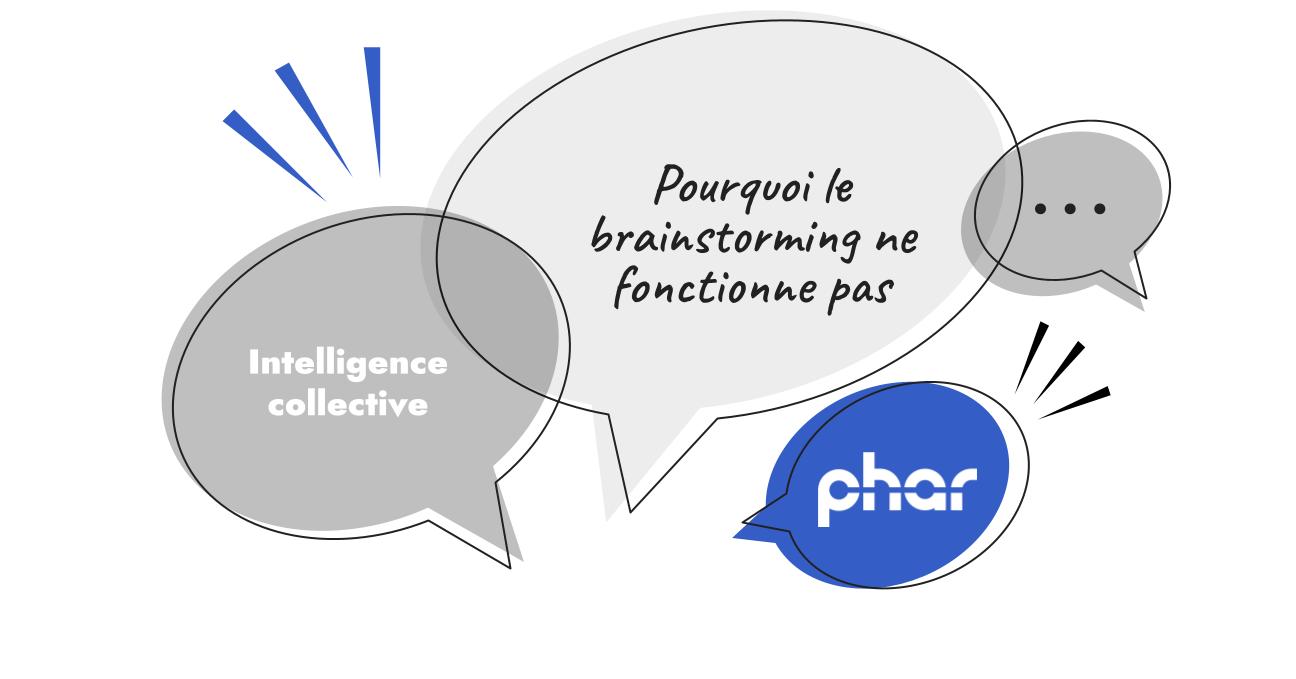In a brainstorming session, have you ever realized that the noisy minority, often the company manager, speaks first and unwittingly sets the tone for the discussion that will continue until the end?
Unfortunately, I do.
As we prioritize the last piece of information heard, we tend not to deviate from the discussion chain, making the conclusion somewhat predictable.
Worse, we tend to assume that others think as we do. So if the noisy minority doesn't hear disagreement, they take it as agreement. And if everyone else seems to agree, we tend to follow too.
The result is catastrophic since:
- As participants, we let others think for us and lose our creativity.
- As a company, participants, team members don't feel involved in the discussion or even in the action plan the company is trying to put together. The "brain juice" of all team members is not tapped.
What if the answer (or solution) lay in carrying out 4 simple steps? These 4 steps we find when holding a strategic decision-making workshop. Here are the 4 questions to ask yourself in connection with the 4 steps:
- What do we know (Facts and evidence from watch bulletins)
- What do we think? (Open discussion to fully understand the implication of strategic information for each team member)
- What can we do? (Brainstorming)
- What will we do? (Action plan)

Unfortunately, I've noticed that all too often, teams pass from the first stage (synthesis of intelligence bulletins) to the third stage (brainstorming): in solutions mode.
Consistency: the second stage is eliminated, and the magic of collective intelligence doesn't work. The important thing to remember about stage 2 is that it's when you bring together the best of divergent and convergent thinking. This is where chaos occurs. Without this famous chaos, which may seem dizzying to some, there can be no team cohesion. Personally, this is my favorite part of being a facilitator. Being sufficiently curious and attuned to the group, there are creative "haha moments" and little stars in the eyes: what I call MAGIC!
.Here's why:
- The group's potential isn't released and each individual becomes less creative;
- Individuals don't feel taken into consideration: without this feeling of being listened to, collaboration towards a common goal is almost nil. For example, a strategic decision, following news from business intelligence, might be seen by someone in operations as an additional burden, and they might do everything they can to ensure that the decision doesn't work because they simply haven't been heard.
A simple equation to remember to get the most out of your strategic intelligence: strategic information from intelligence + strategic decision-making workshops + action plan = transformation and... profitability.

December 7, 2024
